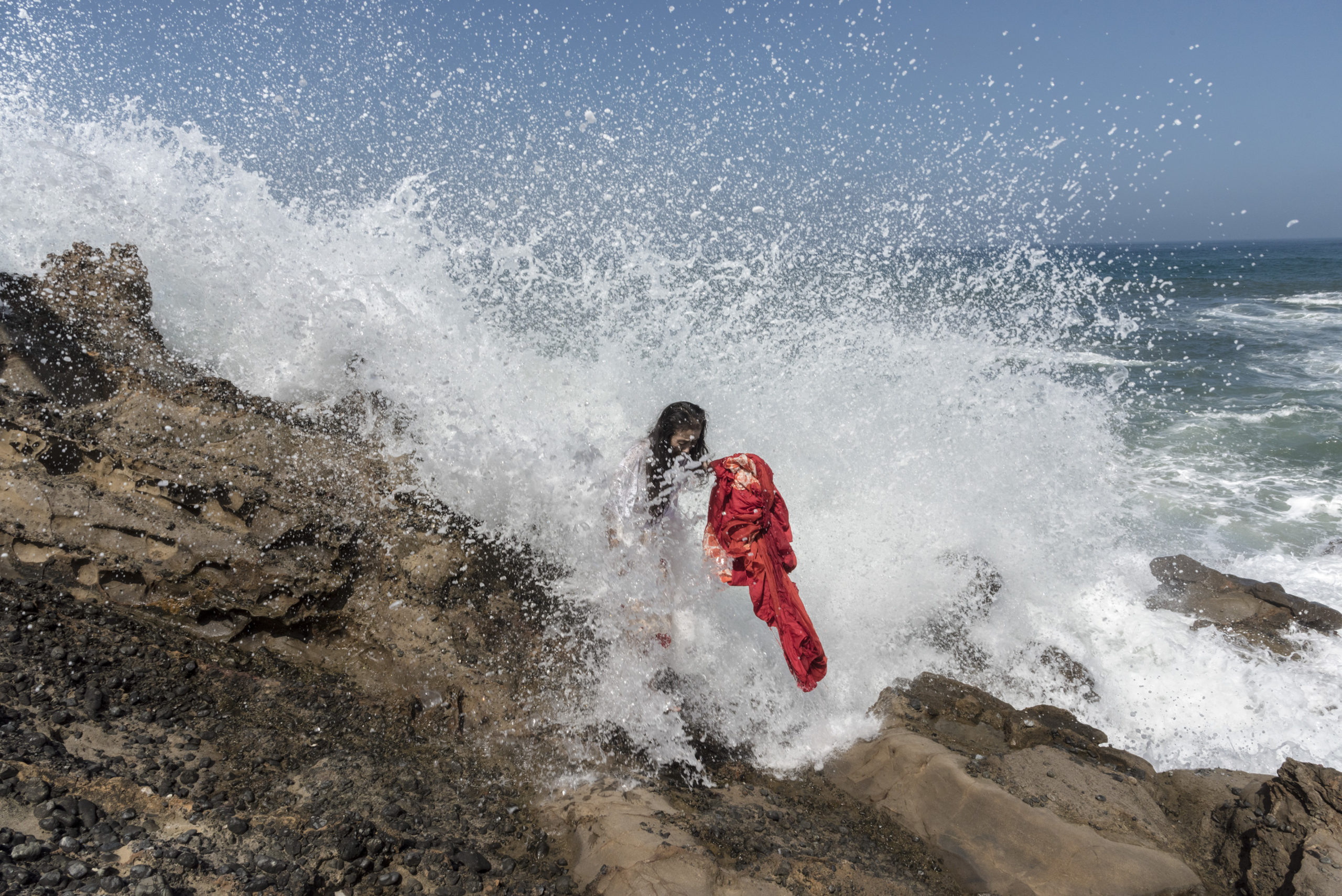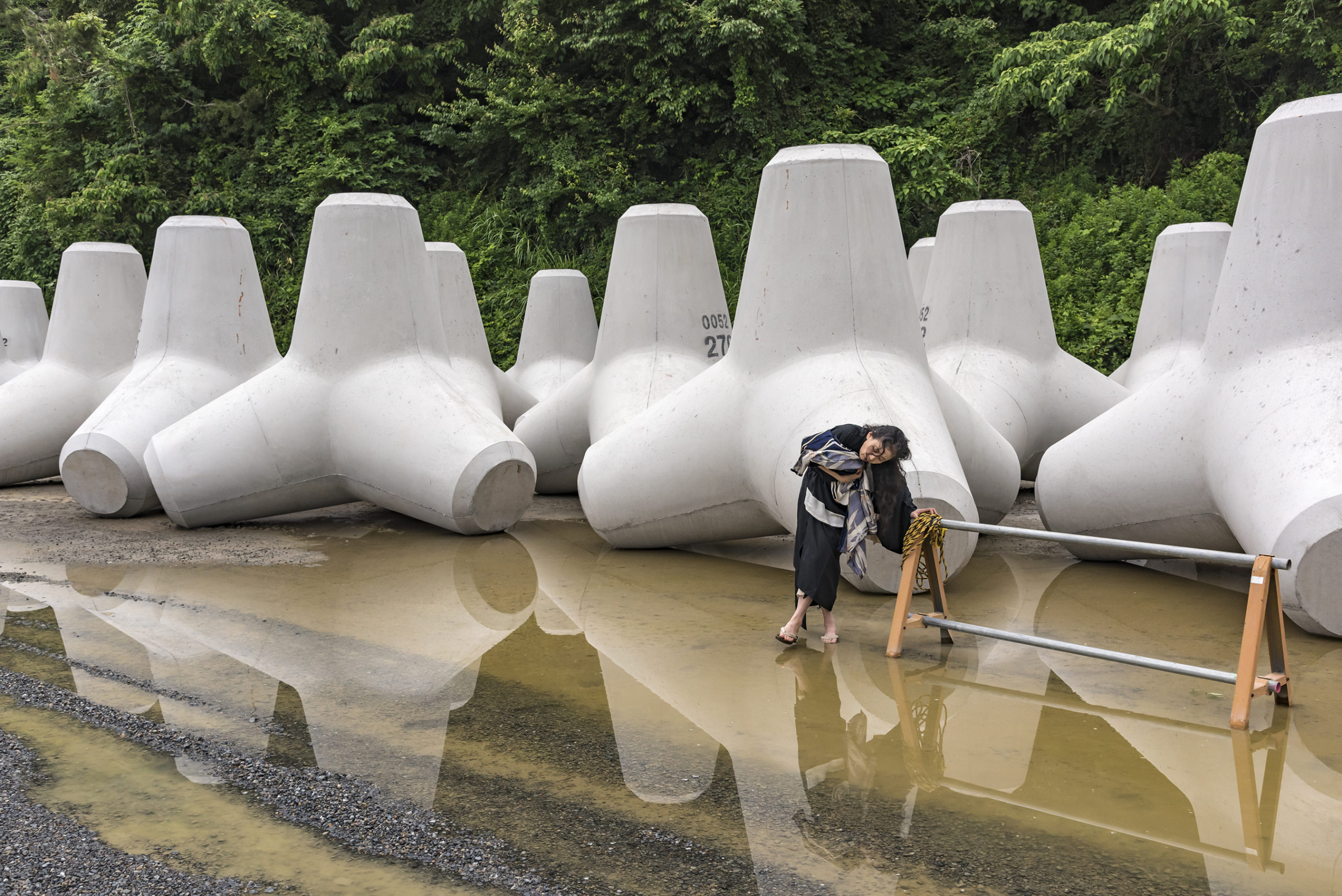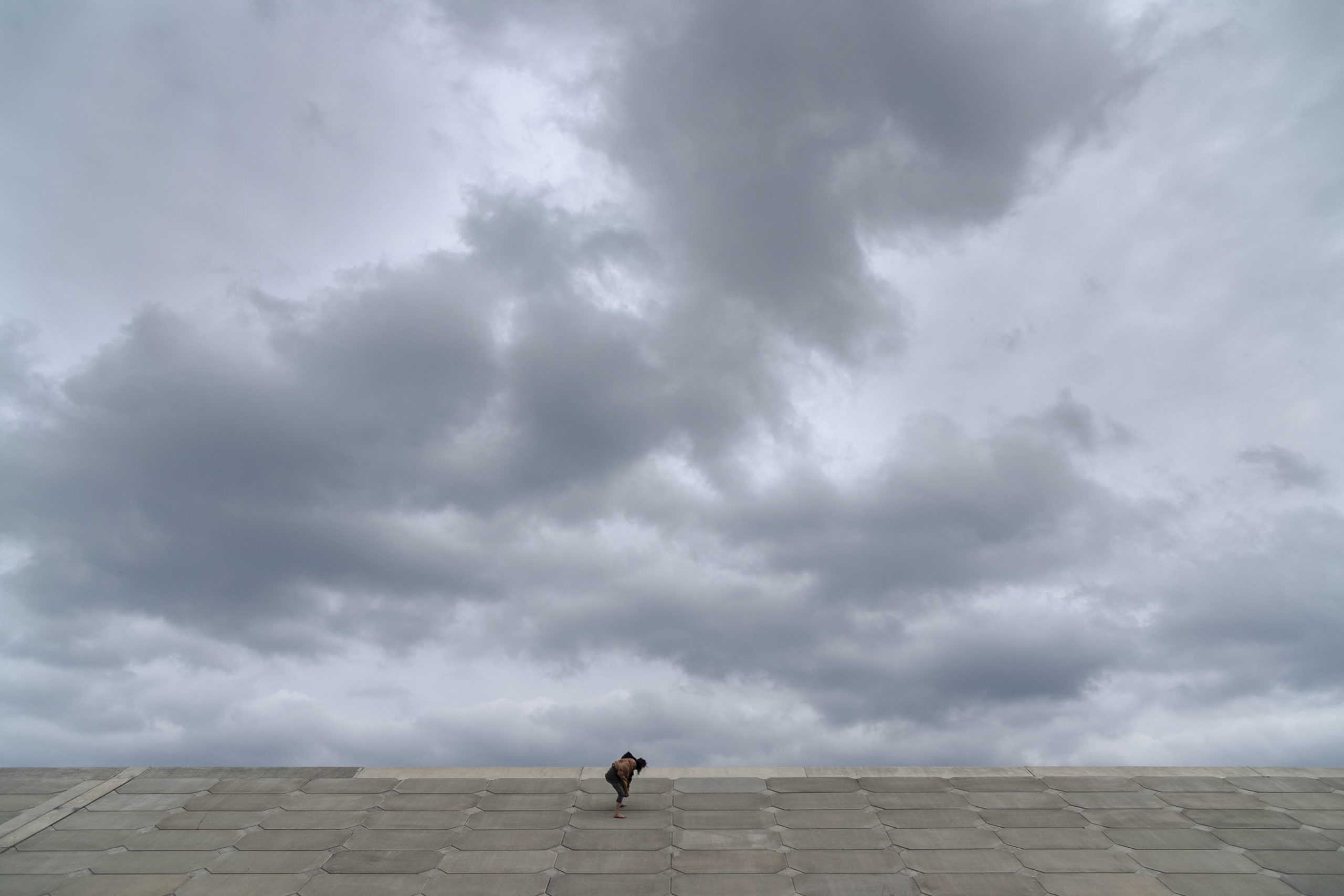Join Eiko Otake and William Johnston for a conversation to mark the release of their new book, A Body In Fukushima. Moderated by Catharine Stimpson.
On March 11, 2011 one of the most powerful earthquakes in recorded history devastated Japan, triggering a massive tsunami and nuclear meltdowns at three reactors in the Fukushima Daiichi Nuclear Power Plant complex in a triple disaster known as 3.11. On five separate journeys, Japanese-born performer and dancer Eiko Otake and historian and photographer William Johnston visited multiple locations across Fukushima, creating 200 transformative color photographs that document the irradiated landscape, accentuated by Eiko’s poses depicting both the sorrow and dignity of the land. The book also includes essays and commentary reflecting on art, disaster, and grief.
This was a virtual event that will took place on Zoom. Watch the recording:
“This is a book of wailing and remorse. It is a book about the body: the body of a performer—an immigrant artist from Japan; the body of a historian who is also a photographer; and a body of irradiated land. Going to Fukushima is my choreography. Being there has changed what it is for me to dance.” —Eiko Otake
“By witnessing events and places, we actually change them and ourselves in ways that may not always be apparent but are important. Through photographing Eiko in many places in Fukushima, we are witnessing not only her and the locales themselves, but the people whose lives inhabited these places. I do not consider my photographs as documents of Eiko’s performance. Rather, each photograph becomes a performance of its own when placed in front of a viewer.” —William Johnston
ABOUT THE SPEAKERS
Born and raised in Japan and a resident of New York since 1976, Eiko Otake is a movement-based, interdisciplinary artist. For more than 40 years she worked with her partner as Eiko & Koma. Since 2014 has been performing her own solo projects. Eiko & Koma created their own choreography and presented their works worldwide, including many appearances at the American Dance Festival and BAM’s Next Wave Festival. Durational performance works were commissioned and presented by the Whitney Museum, the Walker Art Center, and MoMA. The first exhibition of A Body in Fukushima took place at the Pennsylvania Academy of the Fine Arts in 2014. Since then, it has travelled to cities in the US and abroad. In 2016, Danspace Project (NYC) presented Eiko’s solo works in a month-long platform, A Body in Places, including a 24-hour Fukushima exhibition in its church sanctuary. The Cathedral of St. John the Divine in New York City hosted a six-month exhibition which culminated in 2017 with a Fukushima memorial. That same year, Eiko created a seven-hour video from photographs taken in Fukushima and performed a day-long event in each of the Metropolitan Museum of Art’s three locations. She also created a film, A Body in Fukushima, which has been screened in many countries including Chile, Taiwan, and Japan. Eiko teaches courses in colleges, Her teaching uses movement as means of inquiry to further understanding of mass violence, nuclear bombings, and other nuclear disasters.
William Johnston is a historian who focuses on how we can understand complex historical events—particularly epidemics, wars, genocides, and disasters—through the intersection of multiple epistemologies. He was born and grew up in Rawlins, Wyoming, where he developed an interest in the visual arts as well as in Japanese culture and Zen Buddhism. Johnston received his B.A. from Elmira College, in Elmira, New York, and his M.A. and Ph.D. from Harvard University, and also studied in Japan at Nanzan University, Nagoya University, and Tokyo University. Since 1988, he has been employed at Wesleyan University in Middletown, Connecticut, where he is the John E. Andrus Professor of History, with a specialization in Japanese history and the history of disease and public health. He is the author of two monographs and numerous essays. Johnston has practiced photography since he was a high school student and has worked in 35mm as well as with large format cameras. Since 2014, he has worked exclusively with digital photography.
Catharine Stimpson is a University Professsor at New York University. Currently the editor of a book series for the University of Chicago Press, she was the founding editor of Signs: Journal of Women in Culture and Society. Her many other publications include a novel, Class Notes; a selection of essays, Where the Meanings Are: Feminism and Cultural Spaces; and a book on Gertrude Stein, which is under contract to the University of Chicago Press. In addition, more than 150 of her monographs, essays, stories, and reviews have appeared in Transatlantic Review, The Nation, The New York Times Book Review, Critical Inquiry, boundary 2, and other publications. Dean Stimpson is the Chair of the National Advisory Committee of the Woodrow Wilson National Fellowship Foundation and past president of the Association of Graduate Schools. She is former chair of the New York State Humanities Council, the Ms. Magazine Board of Scholars, and the National Council for Research on Women, as well as past president of the Modern Language Association. She serves on the boards of other educational and cultural organizations, and from 1994-2000, was on the board of PBS. She has been awarded both Fulbright and Rockefeller Humanities Fellowships, as well as grants from the Ford Foundation and the National Endowment for the Humanities.


